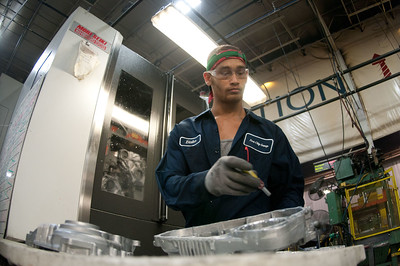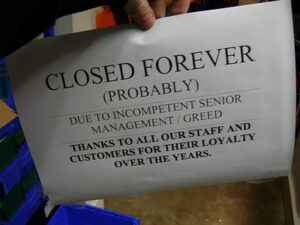Plans for a new agriculture education facility at a Nebraska community college contrast the state’s battle with drought brought on by climate change. Southeast Community College in Lincoln, NE plans to build a 100,000 sq. ft. center on its Beatrice campus with classroom spaces, labs, a greenhouse, precision agriculture facilities, a meat processing facility, cattle facilities, and an 1,100-seat arena for events.
The administration at SCC has been conducting a capital campaign for about a year to fund the project. SCC’s Board of Trustees has not yet given its approval. Agriculture is Nebraska’s third-largest industry, generating more than $160B annually. In principle, the new facility is a good move. Realistically, Nebraska’s agriculture industry will face some urgent challenges in the coming decades.
Ninety-three of Nebraska’s ninety-three counties are affected by drought this year. Currently, about 12% of Nebraska is experiencing exceptional drought – the most severe drought classification the National Oceanographic and Atmospheric Administration (NOAA) uses. About 43% of Nebraska is experiencing extreme drought. Severe drought affects more than 80% of the state’s land.
A year ago, – heck, even three months ago – no portion of Nebraska was experiencing exceptional drought. The drought in Nebraska is so severe that the Platte River – one of the state’s major watersheds and a tributary to the Mississippi River – is running dry. Farmers working in their fields last week touched off wildfires that spread to three counties. The fires resulted in mandatory evacuations as firefighters struggled to contain the blazes. Farmers turned on their irrigation systems to slow the spread of the fires.
Community college should trade workforce development for economic development
It occurs to me that the future of agriculture is not so much in livestock shows and rodeo events, but rather in developing technologies and techniques to manage drought conditions. That includes field management techniques that avoid sparking wildfires, and the development of drought-resistant crops with shorter growing seasons.
Drought – the kind that Nebraska is currently experiencing – is not a one-and -done event. NOAA predicts that we will once again experience a weather phenomenon known as La Nina. The weather pattern brings warmer than normal winter temperatures and less precipitation than normal to the Great Plains. (In Michigan, La Nina brings wetter winter weather.) The drought forecast for 2023 predicts an end to drought conditions in Michigan, but Nebraska will experience drought conditions that meet or exceed the current year’s measurements.
Agriculture is obviously an important aspect of the state’s economy. Supporting it is going to take more than building a new facility. Rather than perpetuating the current body of knowledge, it may be time to use the power of a community college to reshape a new future for agriculture in Nebraska.
This isn’t a one-off. A community college can have a broader impact by focusing on economic development instead of workforce development. A community college can create the capacity to foster new industries and technological advances in existing ones.
It is time for the community college to return the responsibility for workforce development to the companies that seek it. Let them meet their own specific training needs. Continuing down the workforce development path is nothing more than corporate welfare. It has shifted the federal government’s investment in higher education from students to corporations, and we’re all worse for it.
Photo Credit: US Department of Agriculture , via Flickr

























